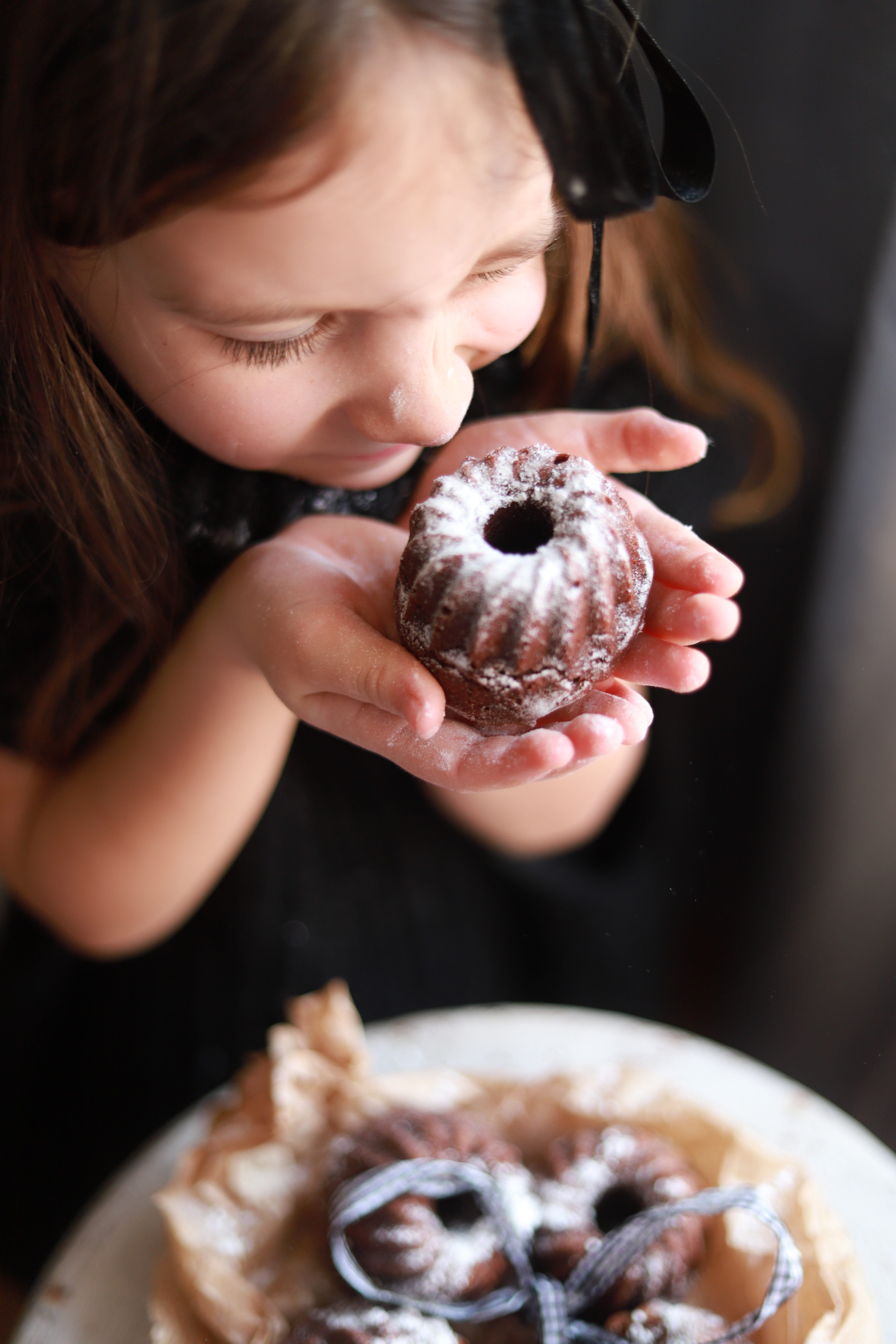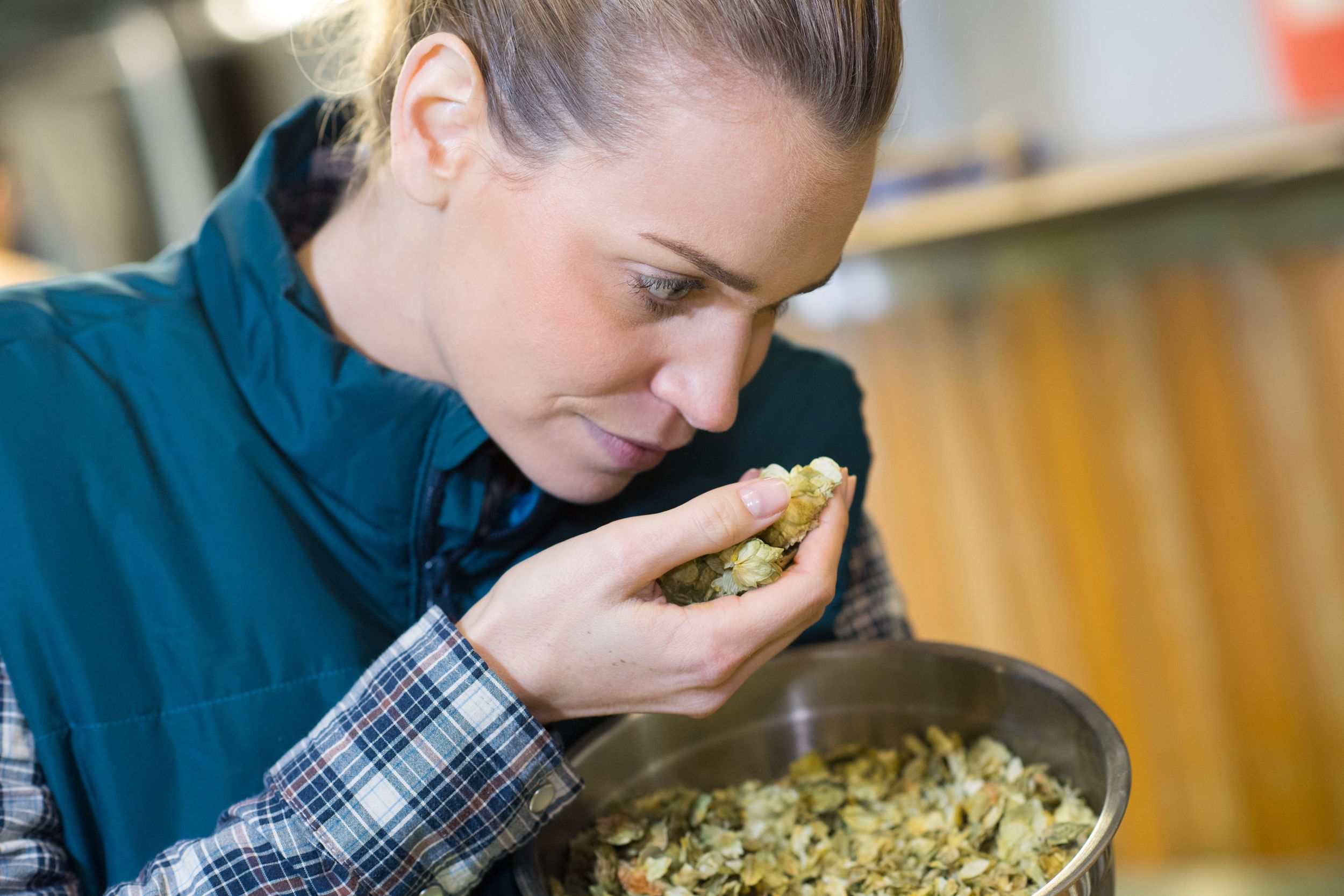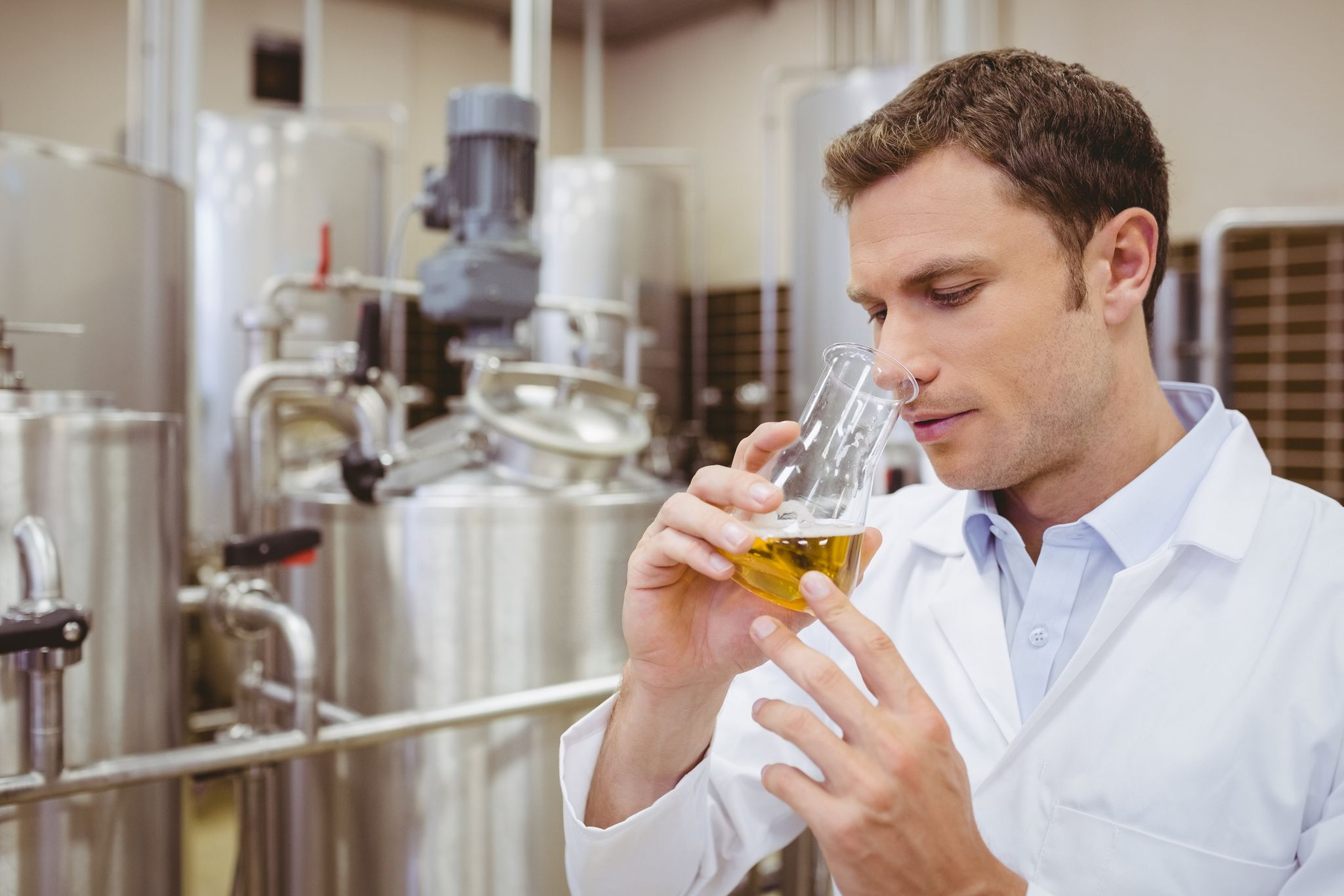Smell to Taste
A well-known adage attributed to the first-century Roman gourmet Marcus Apicius, is that we “eat first with our eyes.” In this digital age of instant access to mouth-wateringly gorgeous food photography and video, we are given plenty of opportunities to imagine the flavour of food through our eyes alone. However, if we remove sight entirely (eating blindfolded, for example) there is unlikely to be much impact on the flavour of the dish.
In contrast, removing the sense of smell has a direct impact on one’s experience and enjoyment of the flavours of food. The recent phenomenon of loss of smell due to COVID-19 raises the question: how much does our sense of smell impact our experience of tasting food? And what’s the difference between taste and flavour anyway?
First, let’s look at what is happening biologically during the process of eating and the interplay between our senses.
Defining taste vs. flavour
Taste refers specifically to what occurs in the mouth, with thousands of taste buds on our tongue and soft palate detecting five categories: sweet, salty, sour, bitter and umami (savoury). These fundamental starting points for flavour can remain even when our smell is compromised, such as when you have a stuffed-up nose from a cold.
Flavour is a more complex composition of taste and smell working together. Before food even enters our mouth, our noses detect aromas via olfactory sensory neurons with receptor proteins that send messages to the brain. Chewing further enhances this process as the mastication of food releases more odour molecules (think of how the scent of mint leaves is amplified when you rub them between your fingers, for example) and more air is passed directly to the nasal passages. The separate taste and smell messages interact, enhancing our perception. We then form an opinion about the flavour: “delicious,” “bland,” “too much nutmeg,” “not as good as Grandma used to make,” or whatever the case may be. Eric Holbrook, MD, Eye and Ear Surgeon at the University of Massachusetts, summarizes the process: “Taste and smell together—in addition to color, texture and temperature—is what gives you a sense of what you’re eating. Flavour is what you experience when all of these senses are activated at the same time.”
Losing your sense of smell
 Since smell and taste are so intimately entwined, how does a lack of smell impact the experience of eating? During the height of the pandemic, a common symptom (more so with the earlier variants) was losing one’s sense of smell. My friend Lori Woodhouse was willing to share her experience of COVID-related loss of smell with me.
Since smell and taste are so intimately entwined, how does a lack of smell impact the experience of eating? During the height of the pandemic, a common symptom (more so with the earlier variants) was losing one’s sense of smell. My friend Lori Woodhouse was willing to share her experience of COVID-related loss of smell with me.
“It sucked,” she recalled with a laugh, summing it up in just two words. “It started about four days after coming down with the usual cold and flu-like symptoms. There was a dwindling and dulling down of smell and taste that got progressively worse. I could still smell things if I held them directly under my nose, but it was significantly diminished. There would be sparks of taste—just a millisecond and then it was gone. I could detect basic flavours like salty, sweet or spicy, but I couldn’t say how spicy something was or what the spices were. It lacked the subtleties.” I asked how this impacted her enjoyment of food and selections she made. “I was making choices based mainly on nutritional value, with an emphasis on liquids,” she reflected. The full pleasure of food was gone. Having chocolate, for example, would have been pointless, and coffee tasted terrible. Lori’s loss of smell was short-lived, lasting only about eight days. For others, the loss of smell can last much longer, for weeks and months, and in very rare cases, it can be somewhat permanent.
Currently there is no cure for this smell loss, although improvements have been shown using olfactory training. This is typically a low-tech therapy of introducing different smells using essential oils. It’s similar to the process used by people in professions where a keen nose is critical to their success, such as perfumers and sommeliers.
Smell and taste as survival mechanisms
Aside from making the experience of eating more nuanced and enjoyable, smell and taste play a critically important role in our survival. Humans and animals alike are thankfully designed to avoid foods that are harmful to us, such as spoiled meat or poisonous plants. It’s not foolproof, of course—don’t sample your way through the forest’s array of mushrooms without a guide—but nature does help us out more often than not. The repugnant odour of rotten meat is a good example of this principle. On the flip side, humans across all cultures tend to favour salty and sweet tastes, which provide vital nutrients: minerals in the case of salt, and sugars and vitamins in the case of sweeter foods. We tend to be more wary of sour and bitter tastes as they are more often associated with harmful substances.
Smell, memory and emotion are closely linked in the limbic system of our brains. Perhaps this is another mechanism to ensure our survival as we remember the foods that make us feel ill and avoid them in the future.
Final thoughts

The next time you find yourself being seduced by the alluring aromas of food cooking that trigger your salivary glands in anticipation, you might be more aware of the complex biological mechanisms working together to give us the multi-sensory experience of eating. Pausing for a moment to smell food and feel gratitude before eating has the added benefit of calming our nervous system so our bodies are better prepared to digest food. When we are conscious of each of our senses, and the intricate interplay between them, we can appreciate how preparing and eating food is one of the greatest pleasures of the human experience.





